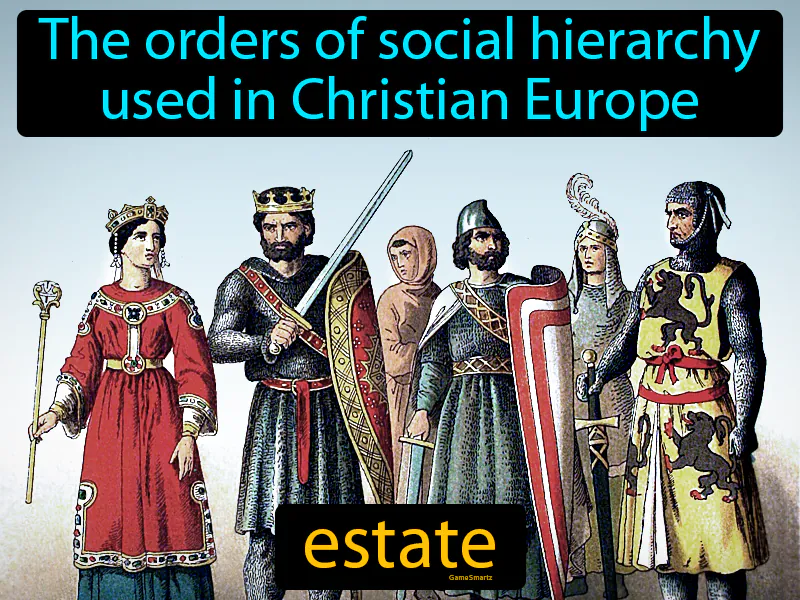Estate
Estate: Easy to understand
During the French Revolution, the concept of estate referred to the division of society into three main groups: the clergy (First Estate), the nobility (Second Estate), and common people (Third Estate). This system was important because it highlighted the inequalities that existed in society, with the Third Estate bearing most of the taxes and having little political power. The unfairness of this system led to widespread discontent and was a driving force behind the revolution, which sought to create a more equal society. Today, the concept of social hierarchy still matters because it reminds us of the importance of equality and fairness in society. For example, discussions about income inequality and fair representation in government are modern issues that connect back to the desire for a more balanced and just society, similar to the changes sought during the French Revolution.

Practice Version

Estate: The orders of social hierarchy used in Christian Europe estate. An estate refers to a social class or order, specifically the division of society into clergy, nobility, and commoners during the Middle Ages and early modern period.